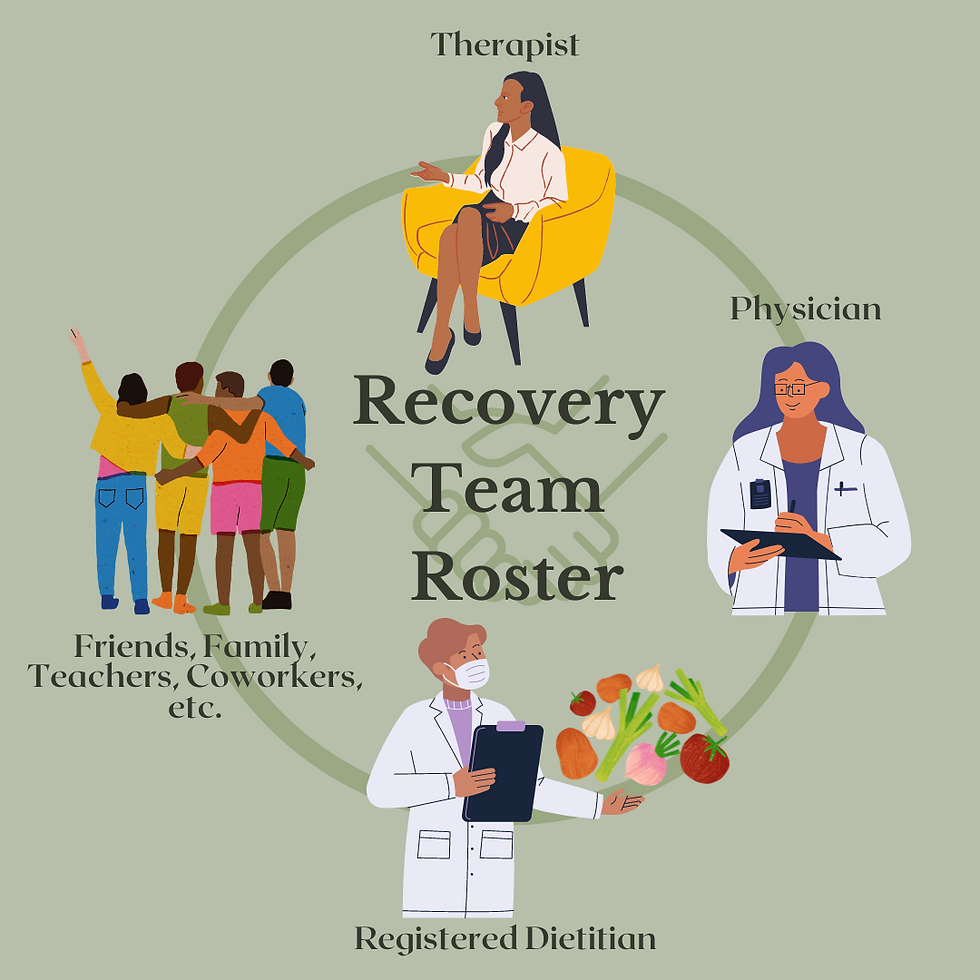College Cooking Hacks
- Murphy Brennan

- Oct 21, 2022
- 3 min read
Updated: Feb 28, 2023

Are you a college student or someone cooking for the first time on their own with limited access to a full kitchen? If so, you’re in the right place!
For a lot of people, college is their first time living outside of their homes and being fully responsible for feeding themselves. This, along with having limited access to a kitchen while living in a dorm, for example, can lead to eating more highly processed, prepackaged foods and fewer fruits and veggies1.
According to a study by Abraham et al. that evaluated college students’ eating habits and nutrition, convenience was of the highest priority when selecting foods, rather than nutritional value1. In other words, the more readily available the food, the more likely you are to consume it.
We all know college dorms make it a lot more difficult to cook what you want, so here are some cooking hacks to make eating healthier in a dorm easier:
Applesauce and baby food squeezy packets: They’re basically smoothies on the go, so try them out if you want a quick, on-the-go way to add in fruits and veggies!
Egg in a mug: Add an egg or two and any desired topping to a mug and toss it in the microwave for a minute and 30 seconds for a quick and easy omelet.
Frozen spinach: It lasts longer and is cheaper than fresh spinach. If you have access to a blender, try adding it to your smoothies; it doesn’t alter the taste and is a great way to get veggies in.
Overnight oats: Add equal parts oats and milk, as well as any desired mix-ins (for example: protein powder, frozen fruit, peanut butter, chia seeds, etc.). You could even try making a few servings at a time to save some time later!
Trader Joe’s (or Aldi) frozen meals: They have a huge array of meals with simple ingredients that you can heat up quickly in the microwave. Some of my favorites are: Vegetable Gyoza, Whole Grain Toaster Waffles, Microwavable Brown Rice, Ricotta & Spinach Tortelloni, and Chana Masala.
Microwaved “baked” sweet potato: puncture it a few times and toss it right in the microwave for five minutes. Add some cinnamon for a delicious sweet treat! Sweet potatoes are also a good source of vitamins and minerals like Vitamin C and beta-carotene.
Prep your fruits and veggies: As I said before, the more convenient, the more likely it’s to be eaten!
Flip natural peanut butter upside down: If your peanut butter has oil separation at the top and you store it flipped over, the oil will work its way through the peanut butter so you don’t have to stir it every time! If it doesn’t mix completely, try shaking the jar.
Infuse your water: If you find that you’re not drinking enough water, add some fruit (like lemons, raspberries, strawberries, etc.) to it to add some flavor. If you have a pitcher or water dispenser that you can put them in to let it soak, even better!
Not eating enough fruits and veggies not only impacts your health but also your academic success1. Highly processed foods may seem more convenient at first, but with cooking hacks like these, you’d be surprised how easy it is to add more nutrients to your diet every day. Yes, even in a dorm! These cooking hacks are just the beginning: let them inspire you to try out new ways to try new foods to stay healthy, both physically and mentally!
1 Abraham S, Noriega Brooke R, Shin JY. College students eating habits and knowledge of nutritional requirements. J Nutr Hum Health. 2018; 2(1):13-17
If you are (or were) a college student living in a dorm, do you feel like your nutrition is limited due to a lack of convenient foods?
Yes
No
N/A





Comments